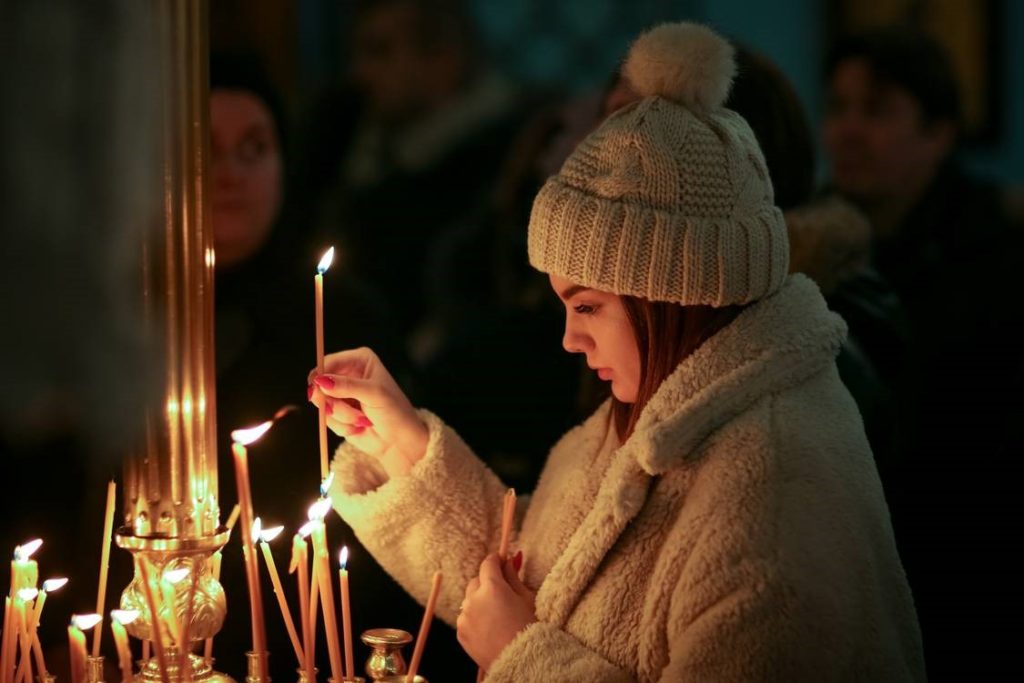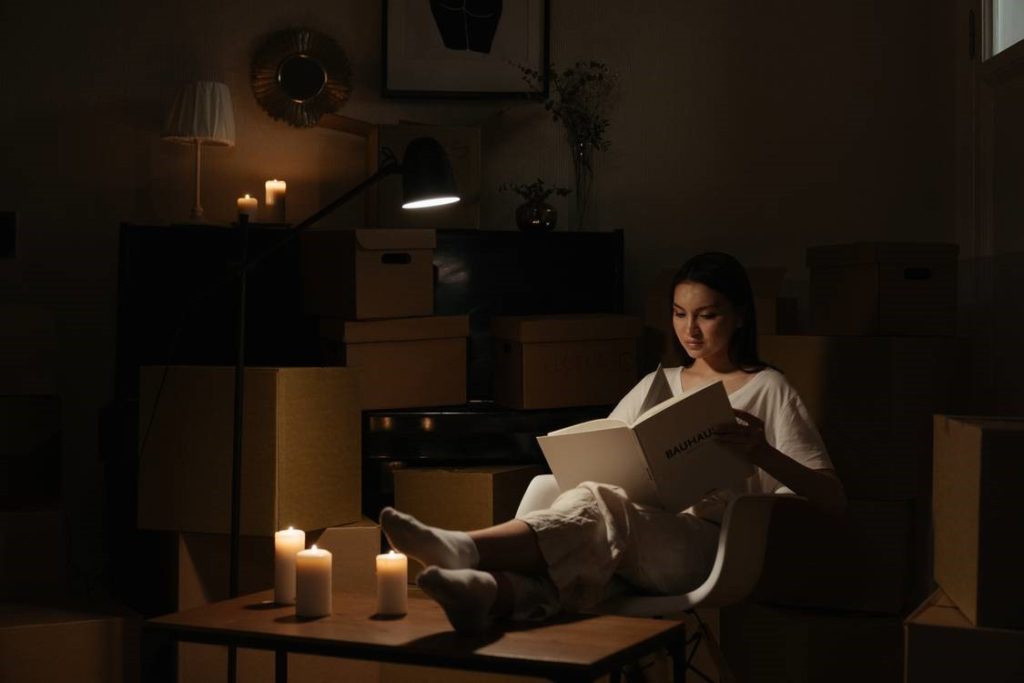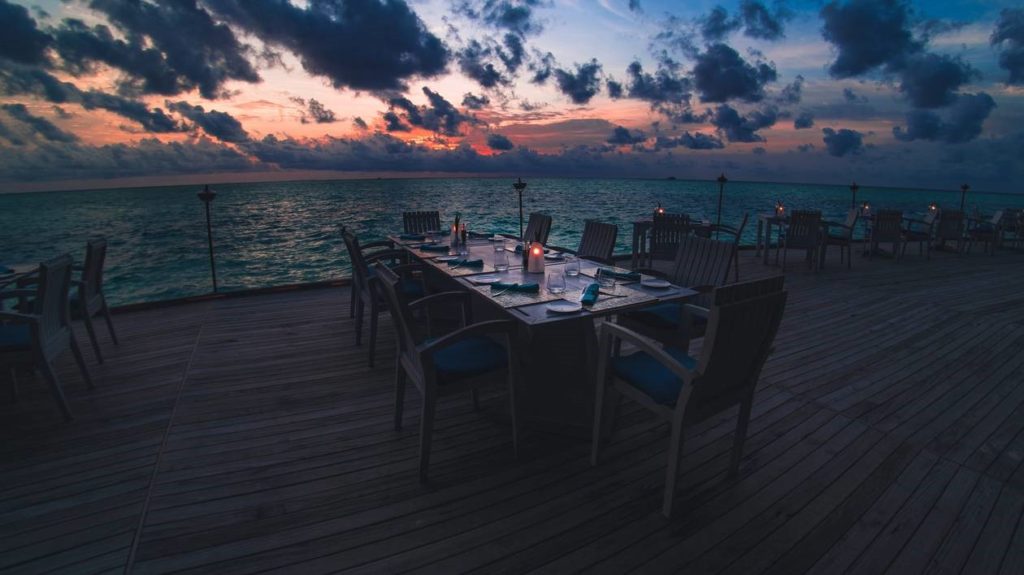
grapplingstars.com, femcompetitor.com, fciwomenswrestling.com, fcielitecompetitor.com fciwomenswrestling2.com articles, pexels.com-photo Andrea-Piacquadio
July 22, 2020,
Visions of sauntering around on an azure beach during the summer were dancing around in so many of our heads like sugar plum fairies.
After sheltering in for months, being isolated and locked inside our homes, we were extremely excited when the infection numbers were starting to decline and the possibility of getting back to normal was so hopeful and exciting.
Then the numbers of new infections started to rise.
Then surge.
As of today, July 10, 2020, Reuters announced, “More than 60,500 new COVID-19 infections were reported across the United States on Thursday, according to a Reuters tally, setting a one-day record as weary Americans were told to take new precautions and the pandemic becomes increasingly politicized.”
Oh, oh. Why do we get the sneaking suspicion that sheltering in is still, well, in.
We were hoping that it was out, so that we could comfortably go back outside again. Our excitement was premature.
Too bad.
Infections rose in 41 of the 50 states over the last two weeks prompting Americans to become increasingly divided on issues pf reopening beaches, bars and especially schools.
As the news continues to pour, there is one clear message. The virus infections continue to soar.
Nationally and state by state.
With an eye towards the west coast, the Los Angeles Times shares, “The coronavirus outbreak continued to worsen in California this week, with 9,500 infections recorded on Tuesday — the most new cases reported in a single day since the pandemic began — and triple-digit fatalities that sent the statewide death toll past 6,500.”
They add that over the last week, there have been an average of 7,403 new coronavirus infections and 69.6 new deaths per day, according to data from The Times’ tracker.
Well, it appears we’re not going anywhere far away from our home anywhere soon.
Not without a mask.
So what have we been doing to make our extended stay at home more palatable? Even spiritual?
Some people turn to substance. Some people turn to religion. Some to one another during lonely times. Us?
We’ve turned to candles.

For those who have been in the dark, a candle is an ignitable wick embedded in wax, or another flammable solid substance such as tallow, that provides light, and in some cases, a fragrance. A candle can also provide heat or a method of keeping time.
As the express goes, we all have a past. So does the candle. Time for some history.
Prior to the candle, people used oil lamps in which a lit wick rested in a container of liquid oil. Liquid oil lamps had a tendency to spill, and the wick had to be advanced by hand.
Romans began making true dipped candles from tallow, beginning around 500 BC.
European candles of antiquity were made from various forms of natural fat, tallow, and wax. In Ancient Rome, candles were made of tallow due to the prohibitive cost of beeswax.
In the 18th and 19th centuries, spermaceti, a waxy substance produced by the sperm whale, was used to produce a superior candle that burned longer, brighter and gave off no offensive smell.
Later in the 18th century, colza oil and rapeseed oil came into use as much cheaper substitutes.
The manufacture of candles became an industrialized mass market in the mid-19th century.
Despite advances in candle making, the candle industry declined rapidly upon the introduction of superior methods of lighting, including kerosene and lamps and the 1879 invention of the incandescent light bulb. From this point on, candles came to be marketed as more of a decorative item.
Yes, they can be decorative but we see them in more of a spiritual light. Even when our electricity is fully functional, at night, sometimes we watch television by candle light.
In terms of their possible spirituality, the Spiritual Arts Institute shares, “Candles have been used since time immemorial for a variety of reasons from the practical, religious and ceremonial, to the decorative and romantic. In working with your aura and the Divine Light, candles play a powerful supportive role. Candles have their own particular force field that is unequaled in conducting and redirecting energy that has gone astray. They have an esoteric meaning that can be used for personal and spiritual purposes.”

We like their point of view. It feels good.
During these sheltering in, pandemic times, we have found them to be very soothing. Very relaxing. Very thought provoking and meditative.
The team at candlejunkies.com adds, “Some of the best scents for stress relief are lavender, eucalyptus, rose, ylang ylang, vetiver, bergamot, spearmint, frankincense, and chamomile. Lavender is known to restore the properties of the central nervous system that get overworked when you’re stressed out. Eucalyptus is good for the respiratory system.
Breathing in eucalyptus essential oils in the form of stress relief candles can make you breathe in deeper, calming you down. Spearmint works the same way, only it can also improve your mood and your ability to focus. This is why it’s often combined with eucalyptus in the same candle.”
Very good to know.
There are some important words of caution in using candles.

According to the U.S. National Fire Protection Association, candles are a leading source of residential fires in the United States with almost 10% of civilian injuries and 6% of fatalities from fire attributed to candles. A candle flame that is longer than its laminar smoke point will emit soot. Proper wick trimming will reduce soot emissions from most candles.
Glass candle-holders are sometimes cracked by thermal shock from the candle flame, particularly when the candle burns down to the end. When burning candles in glass holders or jars, users should avoid lighting candles with chipped or cracked containers, and stop use once 1/2 inch or less of wax remains.
All said and done, just use common sense safety measures.
In terms of health the great minds at mindbodygreen.com suggest, “Choose a 100% cotton wick or look for a wick made of wood, like cherry wood, which doesn’t create ashy, sooty residue inside the container or surrounding walls. It’s better to choose clean-burning soy wax or beeswax, but be sure to look for 100% on the labels, and, when possible, select wax that is naturally derived or sustainably sourced.”
Excellent information.
We look the look and scent the candles that we choose to light up our life.
As it is with so many aspects of our life, how someone or something makes you feel can bring special memories and comfort during challenging times.
Lighting candles might be a relaxing, soft smelling and healing pathway for you.

~ ~ ~
OPENING PHOTO grapplingstars.com, femcompetitor.com, fciwomenswrestling.com, fcielitecompetitor.com fciwomenswrestling2.com articles, pexels.com-photo Andrea-Piacquadio
https://en.wikipedia.org/wiki/Candle
https://spiritualarts.org/blog/meditative-prayers/the-power-of-candles/
https://www.candlejunkies.com/using-aromatherapy-candles-for-stress-relief/
https://www.mindbodygreen.com/articles/best-non-toxic-clean-burning-candles
https://fciwomenswrestling.com/



